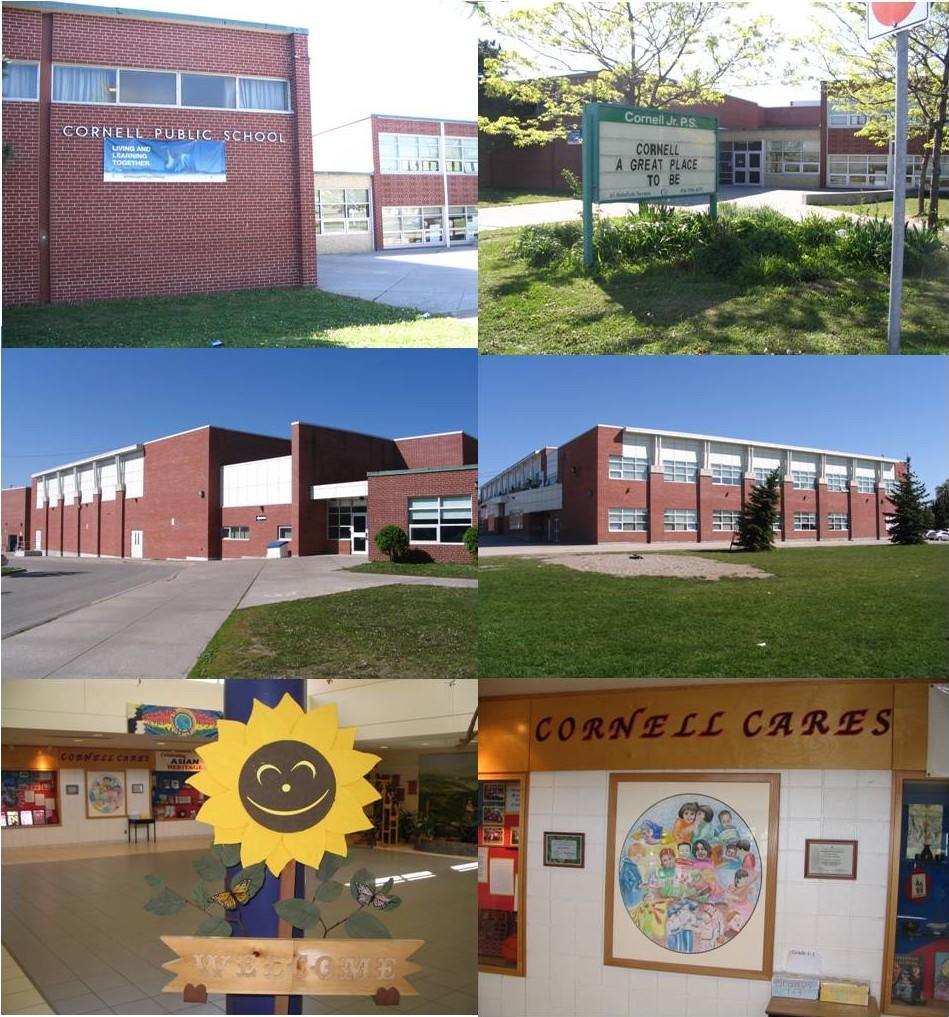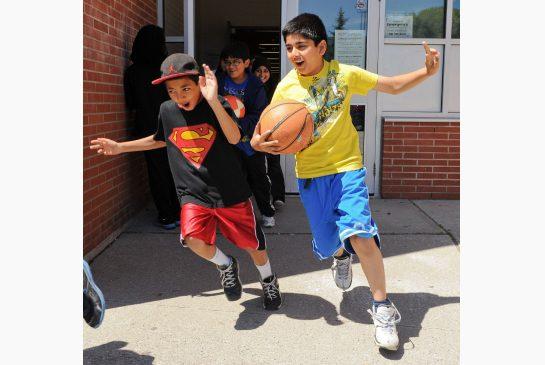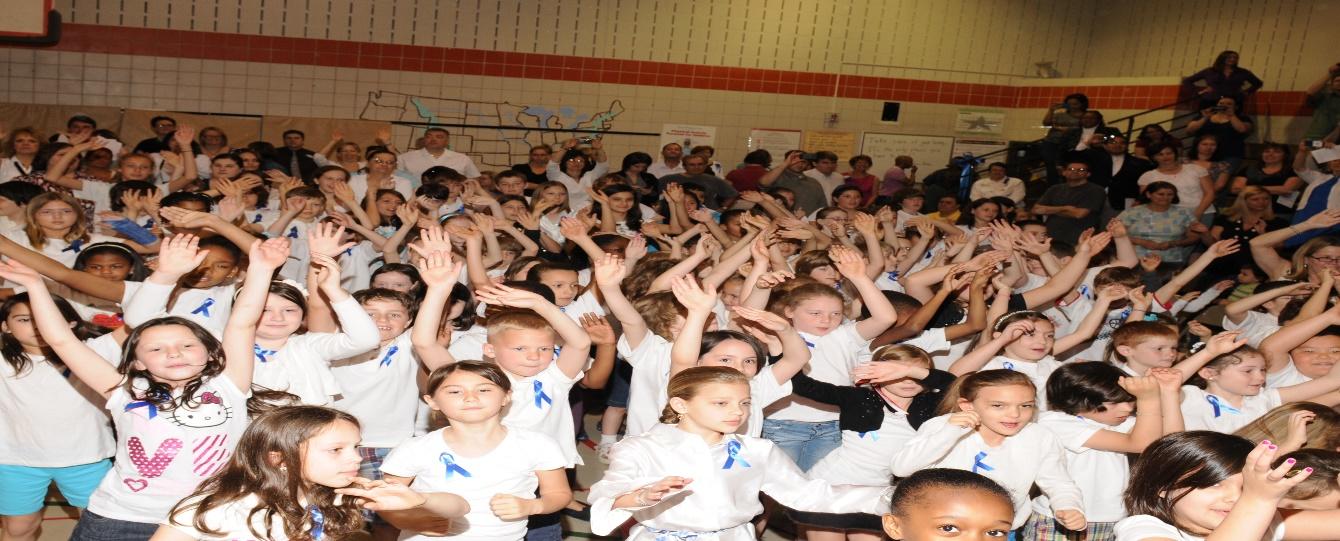Introduction
In a teaching career, academicians suggest that experience is the best teacher. Therefore, all candidates aim at gaining primary and secondary experience. Primary experience is gained when the teachers participate in teaching. On the other hand, teachers gain secondary experience through observing other experienced teacher in during lessons. This paper seek to report on the observations I made in a public junior school. Particularly, these observations took place at Cornell Junior School. It will focus on the general overview of the school, demographics of the pupils, classroom observations, classroom management, and the impression of the teacher, engagement of pupils and summary of preference. Regarding classroom observations, the observations will take place in a third grade class. In this light, the observations will consider a science class that will be learning about measurement and time.
School Overview

Cornell junior school is a large school that accommodates pupil from kindergarten to the sixth grade. It is found in Canada at the Holmfirth Terr in Ontario. The school was conceived in the year 1959. This implies that the school s about 54 year of age. In 1998, the school made an all-inclusive progress revolving academics, improvement of facilities and co-curricular activities. The school has excellent facilities for both curricular and co-curricular activities. Regarding curricular activities, the school has a well-stocked and postmodern library which is under the care of Mr. Peter Mui. This is the greatest force behind the success of Cornell Junior School. In addition, it has a well-equipped laboratory for the science lessons. In this case, all experiments are done from the laboratory. This ensures safety of the pupils and effectiveness of learning. It has well tarmacked network of paths that connect all the buildings to one another. On the other hand, the school has invested on the co-curricular activities and sports. They have incorporated badminton, Baseball, Alpine Skiing, Basketball, Cricket Outdoor, Athletics, Flag Football, Golf and others. Importantly, the school has a passion in the spirit of basketball.

The sport department has facilitated the existence of modern and sheltered fields for basketball and enough balls. The school program starts at 8:45 a.m. and ends at 3:45 p.m. Since, the school takes a roll call assembly, any pupils arriving to school after 8:45 a.m. must report to the administration in order to notice their arrival. This ensures that parents and guardians are notified on missing pupils. As a result, the school is secure since it has taken significant security measures ensuring that all pupils are addressed.
Pupils Demographics
The school has a total population of nine hundred pupils that come from diverse cultures and faith. In addition, they originate from all parts of the country and come from diverse tribes and races. The main religious background is the Muslims and the Hindus. In fact, they account for 87 percent of the whole population. The student population comprises of about twenty five diverse languages. These languages include Punjab, Gujarati, Tamil, English and others. Therefore, the school is a perfect reflection of a national school exhibiting the spirit of unity and cohesiveness.

Teaching Modes
The observations were made from a third grade class during a mathematics lesson. This lesson was handled by the mathematics teacher called Mr. Paoli. In this light, I interviewed the teacher for about five minutes before the class. He has been a mathematics teacher for five years. In his teaching experience, he has taught in three schools. However, for the last one and a half years, he has been teaching in Cornell Junior public School. Before transfer, he taught in other two schools and got awards for his effectiveness in teaching.
Strategies
During the lesson, the teacher incorporated some wonderful strategies that enhanced the effectiveness of teaching. Here are some of the positive strategies that the teacher used during the lesson.
- First, the teacher divided his lesson into three parts. In this case, the lesson was to take fifty minutes. For the first ten minutes, the teacher gave an overview of the previous lesson. He reminded them of the concepts they had learned in the last lesson and joined it with the current lesson. This helped the pupils to have consistency and organization of knowledge. In addition, he outlined the objectives and the learning outcomes of the lesson. This helped pupils to determine the important issues that they could consider during the lesson. The second part took forty minutes. During this section, the teacher introduced the topic of time measurement and continued delivering the relevant content regarding time. In the last ten minutes, the teacher made a conclusion and gave a summary of the whole lesson. Importantly, he notified the pupils on the topic of the next lesson. Also, he gave an assignment and encouraged the pupils to read ahead of him. In this light, he created a good transition from one lesson into another. In addition, he made a holistic transition from one section of the lesson into the other.
- Secondly, he went around the class observing what the pupils were doing. He did this when he gave out a question for pupils to attempt in groups. In this light, he assisted those who had and determined the level of understanding about the topic. As he moved around, he was a little bit playful making the pupils feel free on asking questions. In addition, he marked the answers and awarded some marks. These class marks were to be considered during the final exam and contributed to the marks for prize giving in mathematics. This helped the teacher to give individualized instructions and consideration.
- The teacher motivated the pupils in class by giving an award after the lesson. After this lesson, the pupil who had performed best in participating and answering questions got three sweets and a packet of biscuits. This encouraged the participation. In fact, the pupils competed for a chance to answer questions. Regarding participation, he could write a question on the blackboard and ask a volunteer to tackle the question from the blackboard. Any pupil who got the question right was awarded at the end of the lesson. Importantly, he congratulated all volunteers despite the outcome. In fact, he facilitated a clap even for those who got it wrong on the blackboard. Also, he discouraged and punished the pupils who laughed at others when they failed on the black board. This ensured that all student felt free to volunteer and contributed through peer teaching.
- In addition, Mr. Paoli involved pupils in an exercise facilitating the measurement of time. In this case, the pupils used stop watches to measure the duration of various events. For example, Mr. Paoli composed a song and the pupils measured the time he took to complete. This song was extremely interesting and kept the student jovial and awake. Incorporating a song is an extremely positive strategy seeking to motivate the student as they learn. This was a perfect incorporation of a co-curricular activity in the lesson.
- Most importantly, the teacher gave short note summarizing the whole lesson. This ensured that the pupils would refer to the notes during revision. This facilitates good performance during subsequent lessons, assignments and exams. In addition, he gave some assignments for pupils to tackle from their homes.
Conceptual Theories
In addition, Mr. Paoli incorporated various conceptual theories of teaching. Below are some of the concepts he applied during the lesson.
- Cooperation was one of the most crucial concept he incorporated in this lesson. In this light, he divided the forty eight pupils in groups of five. Therefore, he made up nine full groups while the last group had three pupils. Then, he asked them to measure time together. Therefore, they helped each other in doing that exercise.
- Secondly, the teacher used the concept of discovery. During the measurement, he did not explain how they should stop the watch. Therefore, some all the pupils had difficulties stopping the watch. However, the pupils discussed among the groupings and discovered the stopping button. This helped pupils to become innovative and creative.
- Thirdly, the concept of application was used during the lesson. In this case, the teacher provided the theoretical explanation of time measurement and asked pupils to measure the time practically. Therefore, they applied the theoretical explanations in practice.
Technology
Regarding technology, the teacher used a stop watch in the proceedings. The stop watch was used for measuring time for various events. Also, he used a flickering bulb and asked the pupils to measure the time the flicker stand still.
Classroom Management
Authority
The teacher exercised a sense of authority for pupils who misbehaved. In this case, he even punished some of them who became cheeky in the class proceedings. For example, he punished two pupils who laughed at those who failed on the blackboard. This ensured that all pupils maintained order.
Guidance
The teacher guided all pupils who misbehaved. He presented the rationale of doing right and adhering to the rules of the school. This ensured that the pupils understood the reasons behind good conduct especially in class.
Impression
From my perspective, the teacher was substantially effective during this lesson. He involved the pupils in all parts of the lesson. Also, he created a smooth transition in his lesson. This ensured that he delivered organized knowledge to the pupils. His motivational skills kept the pupils happy and joyful. As a result, the learning was a great fun and enjoyable. Therefore, the pupils were part of the learning process. Lastly, he allowed pupils to discover on their own allowing for innovation and creativity.
Summary Paragraph
Personally, I would like to be a part of this school. It has the required facility for driving academic success and excellence. In addition, the teaching staff is effective and experienced. Therefore, I would have credible colleagues who can share their experience. The administrative body is reliable and credible. Therefore, I can get any teaching devices I would need to use for teaching.
Conclusion
This paper has discussed the various observations that pertain to Cornell School. It has analyzed the observations made in class. In addition, it has provided the rationale of various concepts and strategies used by Mr. Paoli. Therefore, it satisfies its purpose and significance